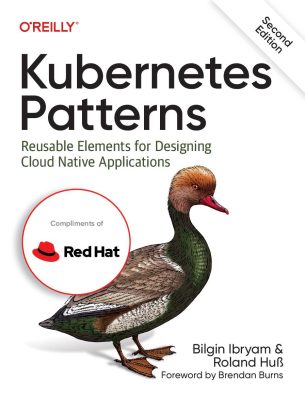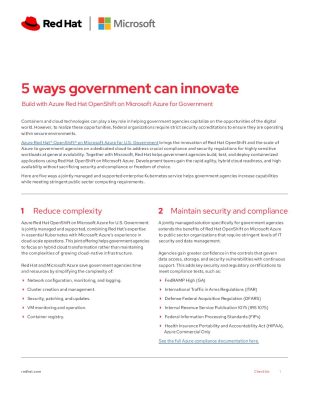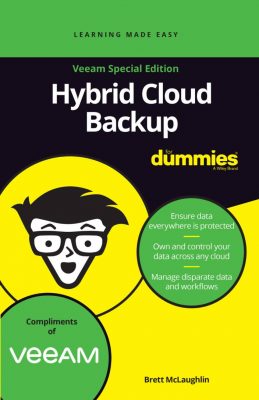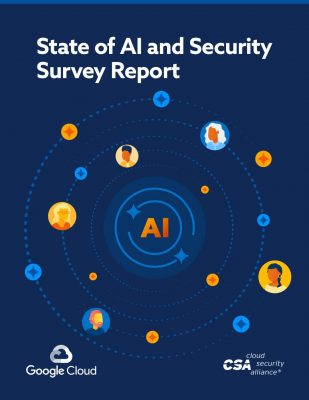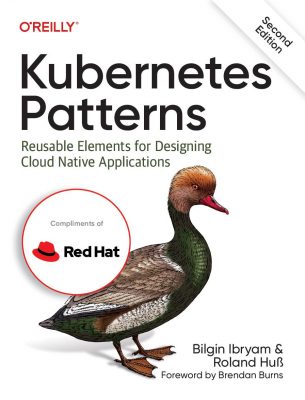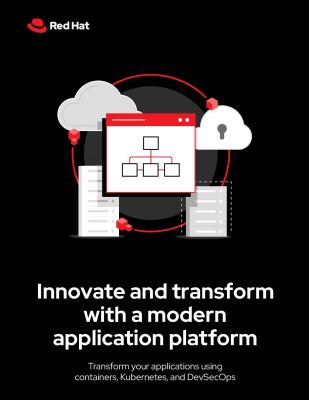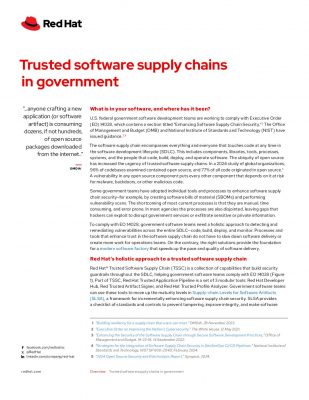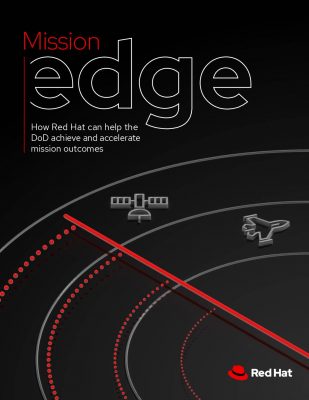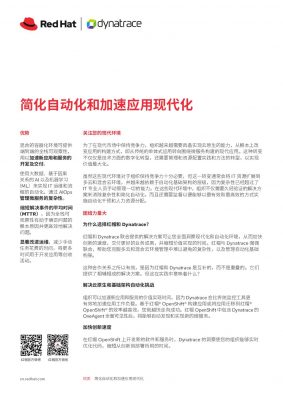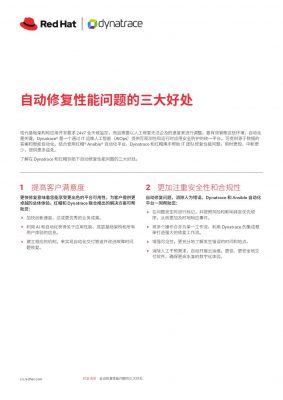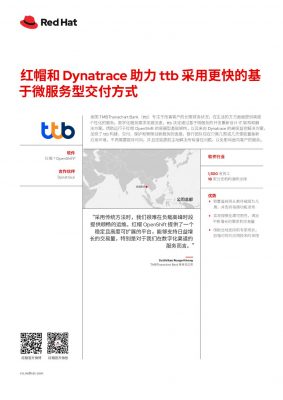Highlights:
- Cloud automation simplifies management and enhances security, compliance, and the overall efficiency of cloud environments, making it an indispensable tool for staying competitive and resilient in the digital era.
- Cloud automation can slash costs by swiftly provisioning resources, reducing errors, and optimizing workload placement, ultimately prioritizing budget-friendly hardware for critical projects.
With cloud environments’ increasing complexity, organizations rely on automation to streamline processes, optimize resource allocation, and enhance their overall efficiency. Cloud automation has emerged as a transformative force in technology and business operations.
We’ll explore its vital role in modernizing the landscape of cloud services, the myriad benefits it brings to businesses, and how it’s reshaping how we manage and harness the power of cloud infrastructure.
What is Cloud Automation?
It refers to the practice of using software tools and processes to streamline and simplify the managed cloud services and resources. It involves automating tasks such as provisioning, scaling, monitoring, and optimizing, reducing the need for manual intervention.
By automating routine operations, organizations can enhance efficiency, reduce costs, and improve agility, ensuring that future cloud infrastructure aligns with business objectives and adapts to changing demands with minimal human effort.
Cloud automation platform is a pivotal component of modern cloud computing, empowering businesses to harness the full potential of the cloud architecture while minimizing operational complexities.
Understanding the concept sets the stage for appreciating why it is emerging as an essential solution in today’s complex and fast-paced cloud landscape.
Why Cloud Automation?
It is the linchpin of IT operations management and security, enabling organizations to streamline their processes, reduce operational overhead, and respond with agility to changing demands.
Businesses can unlock cost efficiencies, improve system reliability, and accelerate time-to-market by automating routine tasks, from resource provisioning to scaling and security. Automation tools simplify management and enhance security, compliance, and the overall efficiency of multi-cloud environments, making it an indispensable tool for staying competitive and resilient in the digital era.
Understanding it’s significance is just the beginning. Let’s delve into the tangible benefits it offers.
Benefits of Cloud Automation
It offers numerous merits, revolutionizing how businesses manage their resources and operations in the digital age.
-
Eliminating Error-prone Processes
It speeds up resource delivery by replacing error-prone manual tasks. This operational benefit seamlessly integrates with various hypervisors, virtualization standards, and modern software development lifecycles, supporting hardware and programming teams.
-
Cost Saving Operations
Hybrid cloud automation can slash costs by swiftly provisioning resources, reducing errors, and optimizing workload placement, ultimately prioritizing budget-friendly hardware for critical projects.
-
Continuous Deployment
Software development teams pursuing continuous deployment and navigating the DevOps frontier can gain from cloud automation tools, which streamline cloud-based deployments, allocate resources for testing, and provision virtual machines for testing purposes. This stands among the prominent cloud automation advantages.
-
Time-Saving Processes
By handling time-consuming tasks such as infrastructure provisioning to automation tools, engineers can concentrate on more intricate, expertise-demanding activities less amenable to automation.
-
Quicker Execution
One of the reliable benefits of automation in cloud computing is that it expedites task completion. For instance, an IaC tool can deploy a hundred servers within minutes using preconfigured templates, which might take an engineer several days to accomplish.
-
Enhanced Security
Cloud security automation mitigates the risk of errors made by IT personnel, like unintentionally exposing an internal application meant solely for internal use to the public internet, which could potentially result in security vulnerabilities.
-
Improved Scalability
Automating cloud architecture has become a necessity for large-scale operations. While manual workflows may suffice for small cloud setups, managing hundreds of servers, terabytes of data, and numerous users mandates the adoption of cloud automation.
-
Controlled Governance
Manual or ad-hoc system setups can lead to limited visibility and decentralized infrastructure control. Cloud infrastructure automation establishes standardized, centralized, and strategic resource management, offering enhanced control across your organization’s infrastructure.
Understanding the pros lays the foundation for exploring its diverse applications, where its merits are harnessed to streamline various aspects of multi-cloud management.
Use Cases of Cloud Automation
The large-scale applications seamlessly orchestrate complex tasks and optimize resources in the dynamic world of cloud computing.
-
Infrastructure as a Code
Configuration files, similar to source code, are typically stored in version control, managed, tested, and evolved. Cloud automation platforms significantly enhance Infrastructure as Code by granting public and private clouds extensive control over infrastructure aspects, enabling the orchestration of intricate systems.
-
Workload Coordination
Autoscaling is the fundamental workload management method, a standard feature in any public cloud service. Monitoring active processes, eliminating unused resources, and aligning infrastructure with real-time operational requirements are crucial to controlling expenses in public cloud investments efficiently.
Cloud automation applications empower administrators to oversee their environment and automatically fine-tune workloads as necessary.
-
Hybrid Cloud
Hybrid cloud setups demand intricate integrations between on-premises and public cloud systems. Automated cloud deployment enables asset synchronization between local data centers and cloud resources, facilitating actions like ‘cloud bursting’ for load shifting, creating remote disaster recovery sites mirroring on-premises environments, and more.
After understanding the necessity of automating the cloud for modern cloud management, the comparative assessment between the two cloud computing approaches offers deeper insights into their crucial differences.
Cloud Automation Vs. Cloud Orchestration: Evaluating Key Differences
Automation and orchestration are closely related concepts but serve different purposes. Automation involves using scripts or tools to automatically perform repetitive, manual tasks, such as resource provisioning or scaling, to enhance scalability and reduce human error.
On the other hand, cloud orchestration focuses on coordinating and managing multiple automated tasks to deliver more complex, end-to-end processes, often involving numerous services or systems. While automation simplifies individual tasks, cloud resiliency orchestration streamlines entire workflows and is essential for efficiently managing complex, interconnected cloud environments.
Both are crucial to automate cloud operations, but they target different levels of the IT processes.
Wrapping Up
Cloud automation stands at the forefront of serving the benefits of IT modernization and cloud technology evolution. Its ability to streamline processes, optimize resource usage, and boost organizational agility makes it indispensable.
As businesses increasingly adopt public and private cloud platforms, automation has become the key to scalability, cost control, and efficiency. Automating tasks and enabling smarter decision-making simplifies workload management, freeing enterprises to focus on innovation and growth. The future of cloud computing is automated, and those embracing it will thrive in the digital era.
Enhance your expertise by accessing a wide range of our comprehensive cloud–related whitepapers library.
